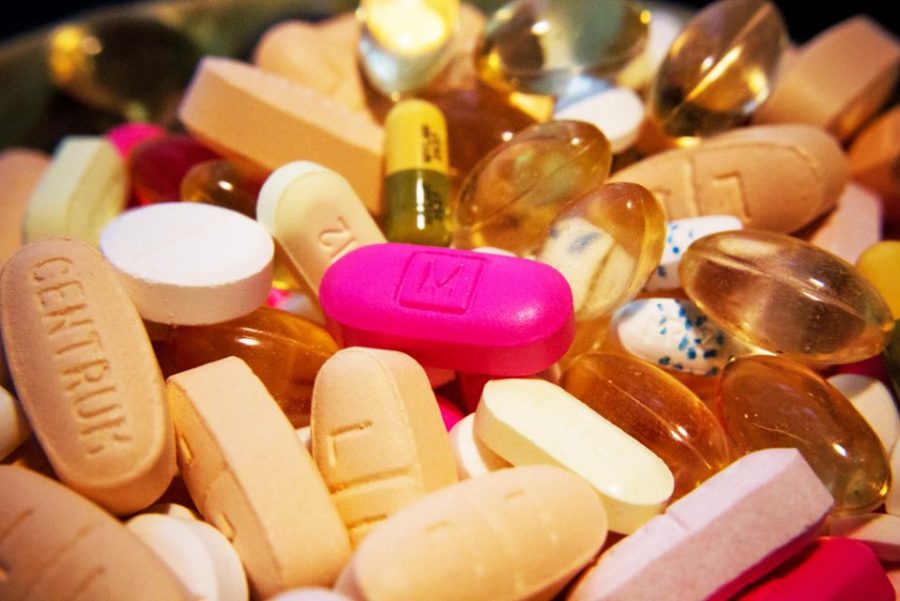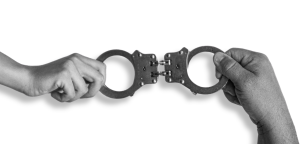COVID-19 pandemic and preexisting drug epidemic
Death rates related to drugs spiked in early 2020
March 10, 2021
With this new found freedom, a lot of people are unsure of what to do. Many have binge-watched multiple Netflix shows, picked up new hobbies or tried new recipes. For many others, that is not the case.
Opioids have been many people’s hobbies of choice during the COVID-19 pandemic. Due to the extensive time alone in one’s house, the feeling of boredom or loneliness can arise. Many choose to escape those feelings by turning to opioids. For those who have pre-existing substance use disorder, quarantine has not been easy.
According to the CDC’s article, “Trends and Geographic Patterns in Drug and Synthetic Opioid Overdose Deaths” by Christine Mattson, “In 2019, a total of 70,630 drug overdose deaths occured, corresponding to an age-adjusted rate 21.6 per 100,000 population and a 4.3% increase from the 2018 rate.”
While overdose deaths were already increasing in the months leading up to the COVID-19 pandemic, they reached an all-time high in the early months of 2020.
“Over 81,000 drug overdose deaths occurred in the United States in the 12 months ending in May 2020, the highest number of overdose deaths ever recorded in a 12-month period,” said the CDC in the article “Overdose Deaths Accelerating During COVID-19”.
The pandemic has come with stress, isolation and economic struggle—all known issues related to relapse and addiction use—while robbing people of treatment and support options.
The increase in overdose deaths highlights the need for essential services to remain accessible for those who are at high risk for overdosing, and the need to expand prevention and response activities.
If you or anyone you know is suffering from substance abuse, you can contact SAMHSA’s national helpline for confidential and free help. There are also things you can personally do to help yourself or others,such as learning about the risks of opioids and how they can affect everyone differently, learning about Naloxone (which is a “life-saving” medication that can reverse the effects of opioids) and helping others who are struggling with substance abuse find the right care and treatment.









